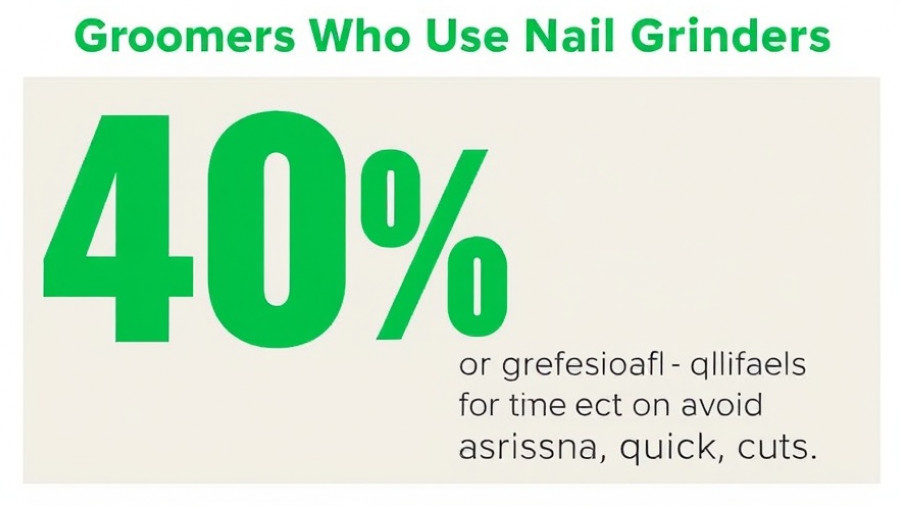
Ensuring Your Dog's Safety: The Importance of Proper Equipment
Choosing the right safety equipment for your dog is not just a matter of preference; it is essential for their well-being. The right gear can significantly reduce the risk of accidents, prevent injuries during travel, and create a safe home environment. Understanding the unique needs of your dog based on their breed, size, and behavior is crucial in making informed decisions.
Types of Essential Dog Safety Equipment
Essential safety equipment can be categorized into three main areas: walking gear, car restraints, and home barriers.
Walking Gear: Choosing the Right Harness
Start with harnesses, which should take precedence over collars for walking your dog. According to Dr. Amy Attas, a veterinarian, harnesses distribute pressure across the chest and shoulders, which minimizes the risk of injury. Particularly for brachycephalic breeds like French Bulldogs, collars can pose serious health risks due to their unique neck structure, making harnesses the safer option. When selecting a harness, pay attention to fitting it correctly according to the two-finger rule and ensure that it complements your dog's physical characteristics. Some designs, like front-clip harnesses, can help curb pulling behavior, which is beneficial for training.
Safety in Car Travel: Crash-Tested Equipment
Carrying your furry friend should be done with care. The Center for Pet Safety highlights that many pet car seats do not meet stringent safety standards. The safest option for large dogs is a secured crate or kennel, like the Gunner G1, which is designed to withstand impact. Smaller dogs require carriers that can be safely secured with seatbelts. Child safety harnesses like the Sleepypod Clickit Sport can double as both daily walking gear and safe automotive restraints.
Home Safety: Barriers to Prevent Accidents
To ensure safety at home, employ barriers such as safety gates to restrict your dog's access to hazardous areas. When choosing gates, consider their height, as larger dogs require taller barriers to prevent jumping. Metal gates are preferable over plastic for durability, especially in households with strong, determined dogs. Look for features like walk-through latches to ease access while minimizing the potential for accidental openings.
Understanding Your Dog's Unique Needs
When selecting safety equipment, consider your dog's physical characteristics. Weight and size play a significant role in determining the appropriate gear. For instance, dogs under 25 pounds necessitate different restraint systems compared to larger breeds. Sighthounds like Greyhounds, known for their slender necks, require specialized collars that prevent escape. Thus, understanding your dog's individual needs will help streamline your decision-making.
Future Trends in Dog Safety Equipment
As pet safety continues to evolve, innovations in design and technology promise to enhance the safety of our four-legged companions. Future products might include advanced reflective harnesses for night visibility, or even high-tech collars that monitor health metrics. As a conscientious pet owner, staying informed about emerging trends can ensure you provide the best care for your dog.
Conclusion: The Importance of Proactive Pet Safety
In conclusion, ensuring your dog's safety is a multifaceted endeavor that combines the right equipment with an understanding of their unique characteristics. By investing time and resources into selecting appropriate harnesses, car restraints, and home barriers, you are actively safeguarding their well-being. Don't overlook the importance of these choices - your furry friend deserves equipment that offers both comfort and safety. Therefore, as you prepare for your next adventure with your pet, take the utmost care to equip them with the knowledge and tools that keep them safe.
 Add Row
Add Row  Add
Add 




Write A Comment